Wooden schoolhouses across the United States stand as remarkable testaments to early American education. These historic buildings, often simple in design, embody the dedication to learning and community found in the country’s formative years. Many of these structures have been carefully preserved or restored, allowing people today to step back in time and explore what schooling was like in the 17th, 18th, and 19th centuries. Here’s a closer look at some of the oldest wooden schoolhouses, each with its rich history and lasting legacy.
Oldest Wooden Schoolhouse – St. Augustine, Florida, USA
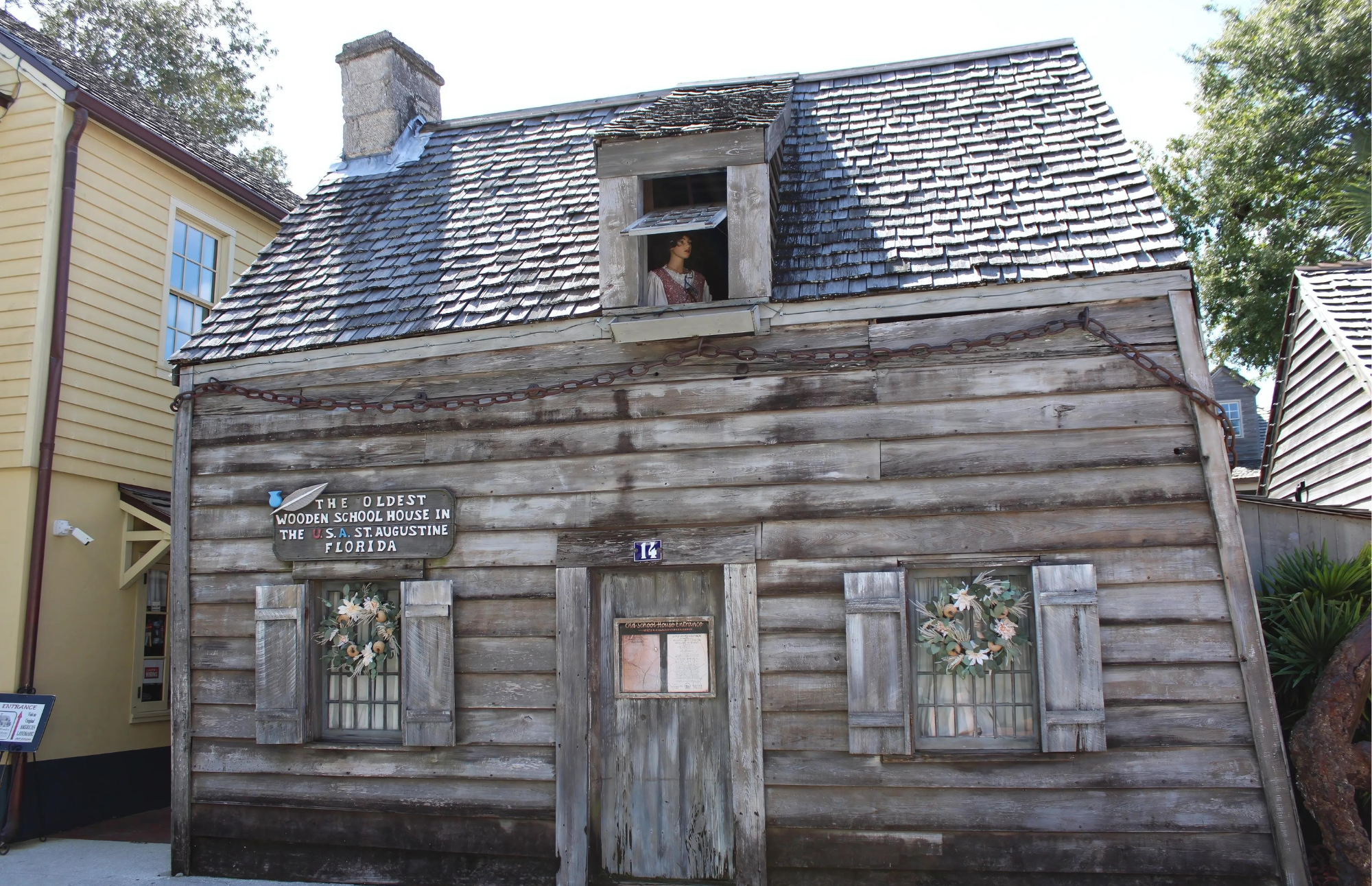
Established in the early 1700s, the Oldest Wooden Schoolhouse in St. Augustine is one of the most famous historic school buildings in the United States. Located on St. George Street, it was built using durable red cedar and bald cypress, which have withstood centuries of storms. Originally a coeducational school, it educated local children in reading, writing, and religion, reflecting the values of colonial Spanish settlers. Today, it functions as a museum, displaying period school items such as textbooks, benches, and teacher tools. Visitors can learn about early colonial life and the importance of education through interactive exhibits and guided tours, making it a key historical attraction in St. Augustine.
Old School House, Tampa, Florida, USA
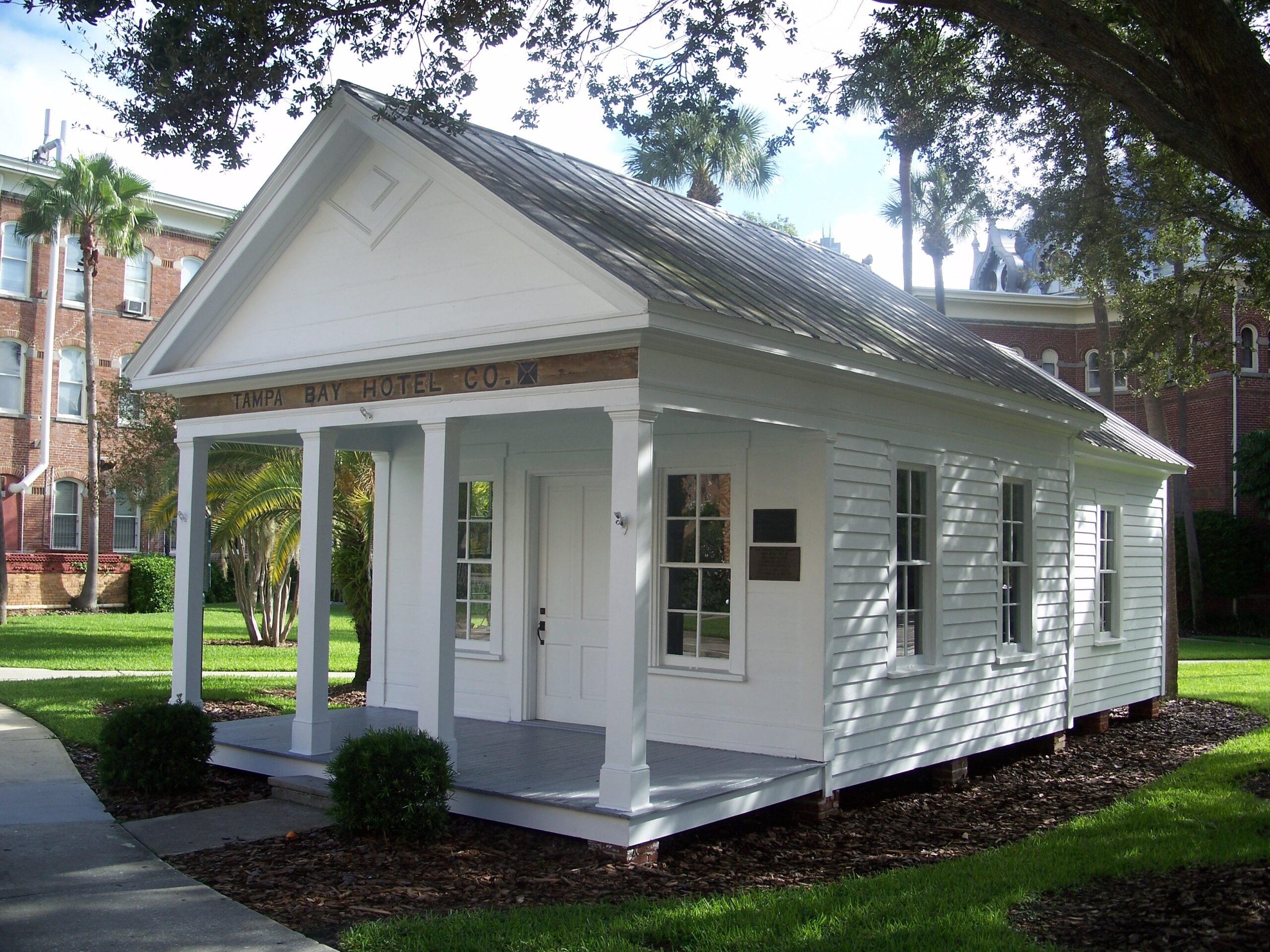
The Old School House, established in 1858, is a historic landmark located on the University of Tampa campus in Tampa, Florida. As one of the city’s oldest surviving structures, it exemplifies Greek Revival architecture with its one-story frame construction, clapboard siding, and a pedimented tetrastyle portico. Originally built by General Jesse Carter as a selective school for girls, the building has been relocated twice from its original site. In 1886, it was acquired by Henry B. Plant and repurposed for various functions, including serving as a tool shed, workshop, and pharmacy for the Tampa Bay Hotel until the hotel’s closure in 1930. Since 1931, the DeSoto Chapter of the National Society Daughters of the American Revolution has maintained the schoolhouse. Today, it stands as a testament to Tampa’s rich history and architectural heritage, open for viewing by appointment and during semi-annual open house events.
Salem Witch House Schoolroom – Salem, Massachusetts, USA
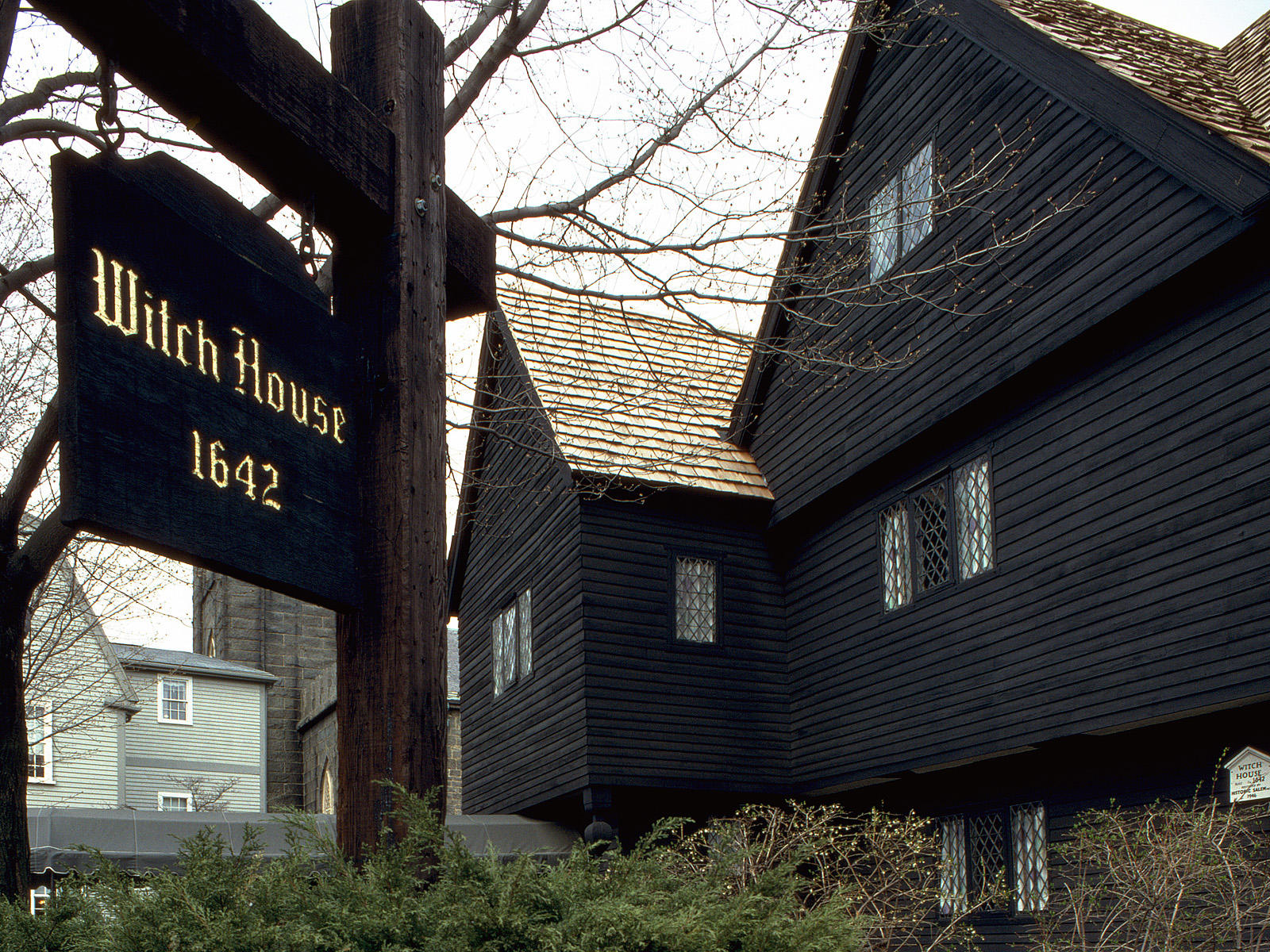
Dating back to the late 1600s, the Salem Witch House, also known as the Jonathan Corwin House, is the only structure directly connected to the Salem Witch Trials still standing. Though primarily known as a judge’s residence, it also served as a makeshift schoolroom for the town’s children. With its distinctive dark wood exterior and steeply pitched roof, the Witch House exemplifies late 17th-century colonial architecture. Now operating as a museum, it presents visitors with both the story of the trials and insights into colonial-era education. This historic structure remains open year-round, offering a fascinating look at the overlap between judicial, residential, and educational uses of buildings in early American history.
Little White Schoolhouse, Ripon, Wisconsin
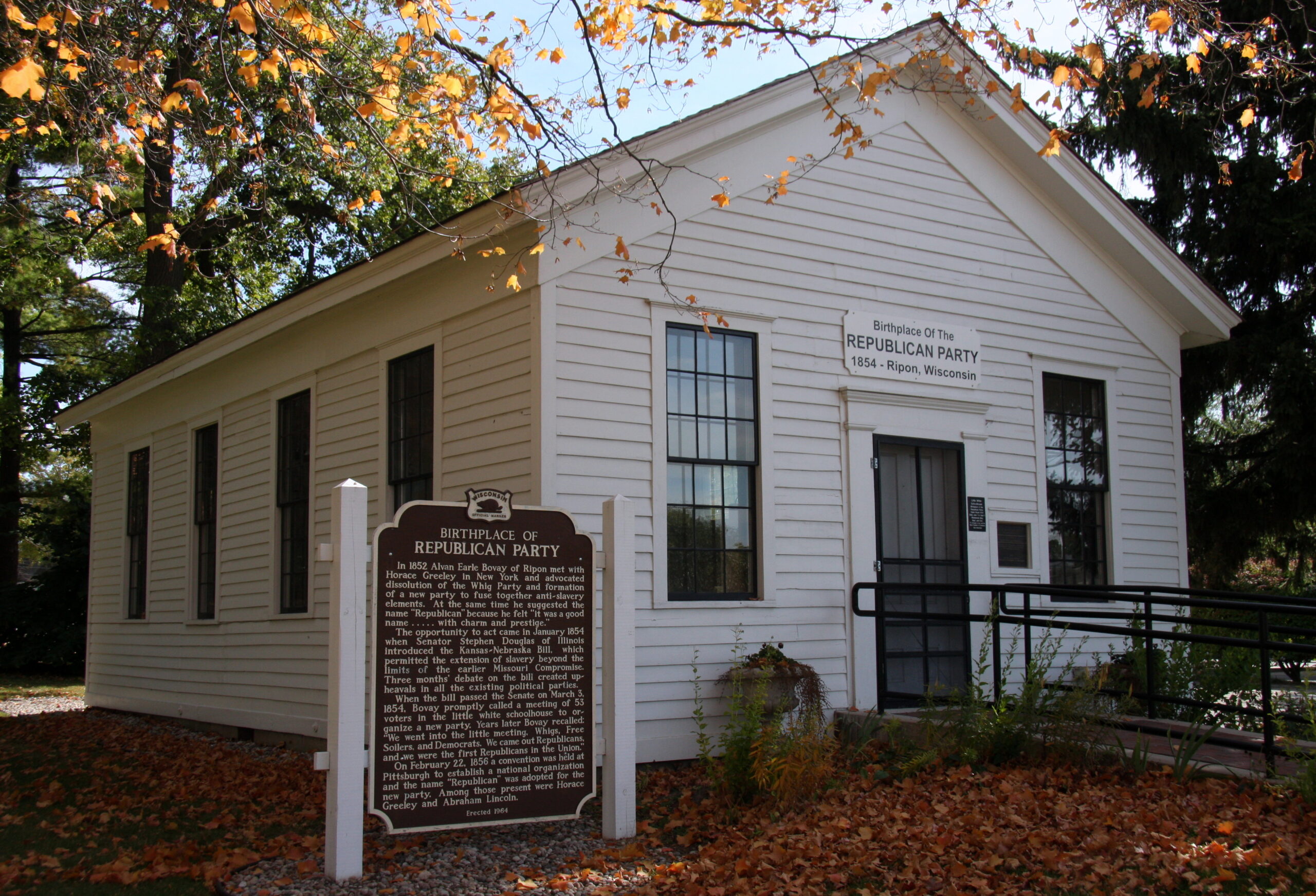
The Little White Schoolhouse, established in 1853, is located at 1074 West Fond du Lac Street in Ripon, Wisconsin. This modest, single-story wooden structure is renowned as the birthplace of the Republican Party, where a pivotal meeting on March 20, 1854, led to the party’s formation. Over the years, the building has been relocated multiple times to preserve its historical significance. In April 2023, it was moved to its current location, prompting a review of its status on the National Register of Historic Places. As of July 2024, the Little White Schoolhouse has been reinstated on the National Register and continues to operate as a museum, welcoming visitors interested in exploring this significant piece of American political history.
Indian Stream Schoolhouse – Pittsburgh, New Hampshire, USA
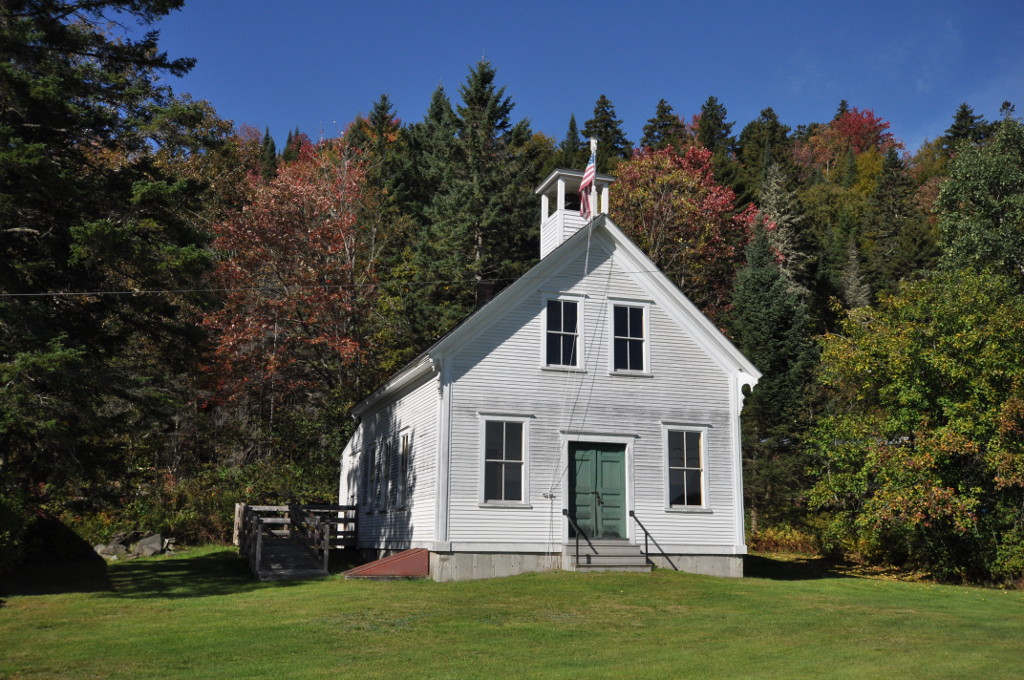
The Indian Stream Schoolhouse, built in 1897, is a historic one-room school located on Tabor Road in Pittsburg, New Hampshire. This wooden structure served the local community’s educational needs until 1939. After its closure, the building fell into disrepair but was later restored by former students and community members. Today, it operates as a local history museum, offering visitors a glimpse into early 20th-century education. The schoolhouse is listed on both the National Register of Historic Places and the New Hampshire State Register of Historic Places.
Pine Grove Schoolhouse – Avon, Connecticut, USA
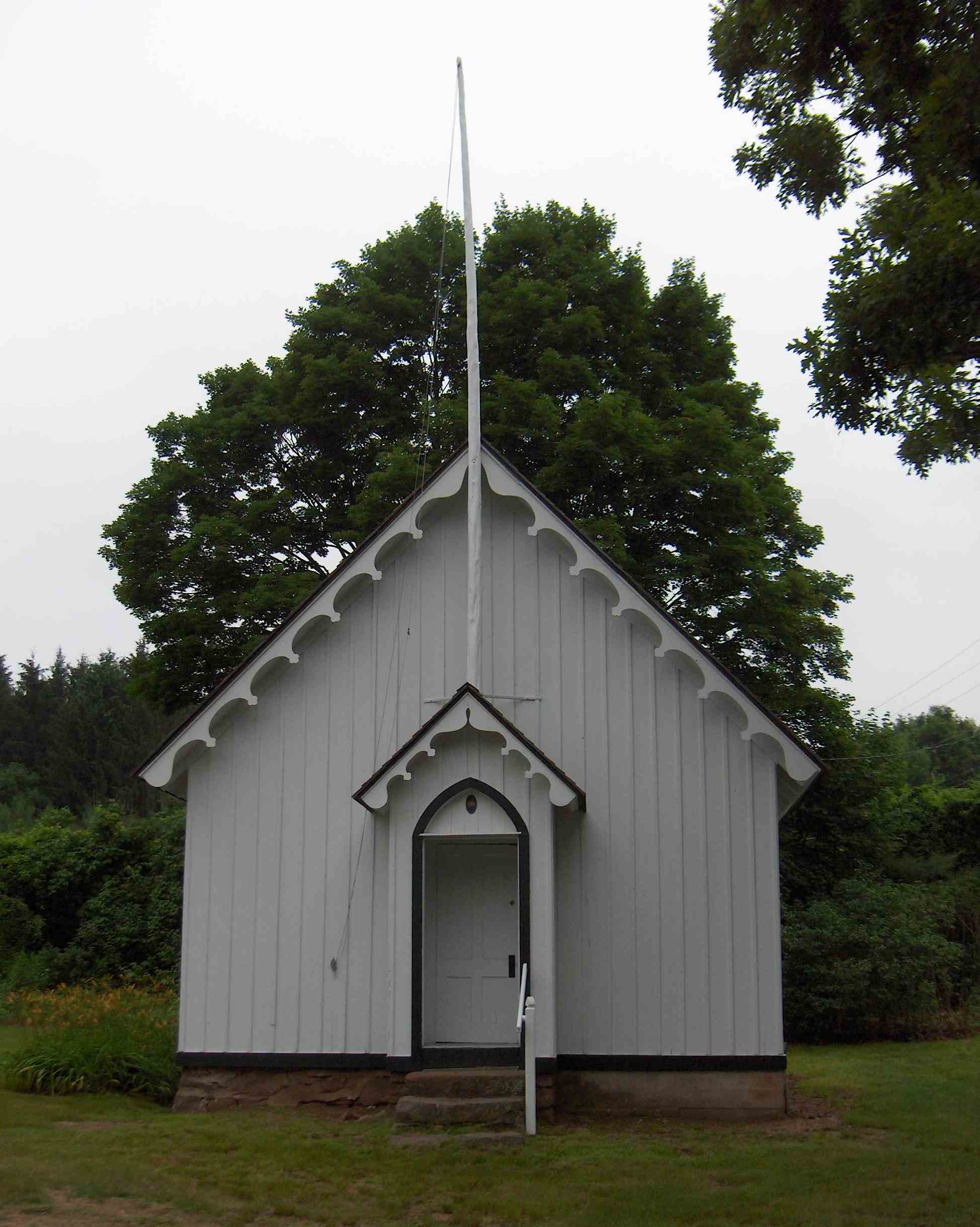
Constructed in 1865, the Pine Grove Schoolhouse in Avon represents the post-Civil War era of education in Connecticut. This one-room wooden structure was built with a gabled roof and large windows to allow natural light into the classroom. Originally serving students of all ages, it was an important part of rural education in Avon for nearly a century. Restored in the 20th century, the schoolhouse now operates as a museum featuring period desks, a blackboard, and educational displays. Open to the public for tours and special events, it offers a detailed view of rural schooling traditions in Connecticut.
Schoolhouse at Old Sturbridge Village – Sturbridge, Massachusetts, USA
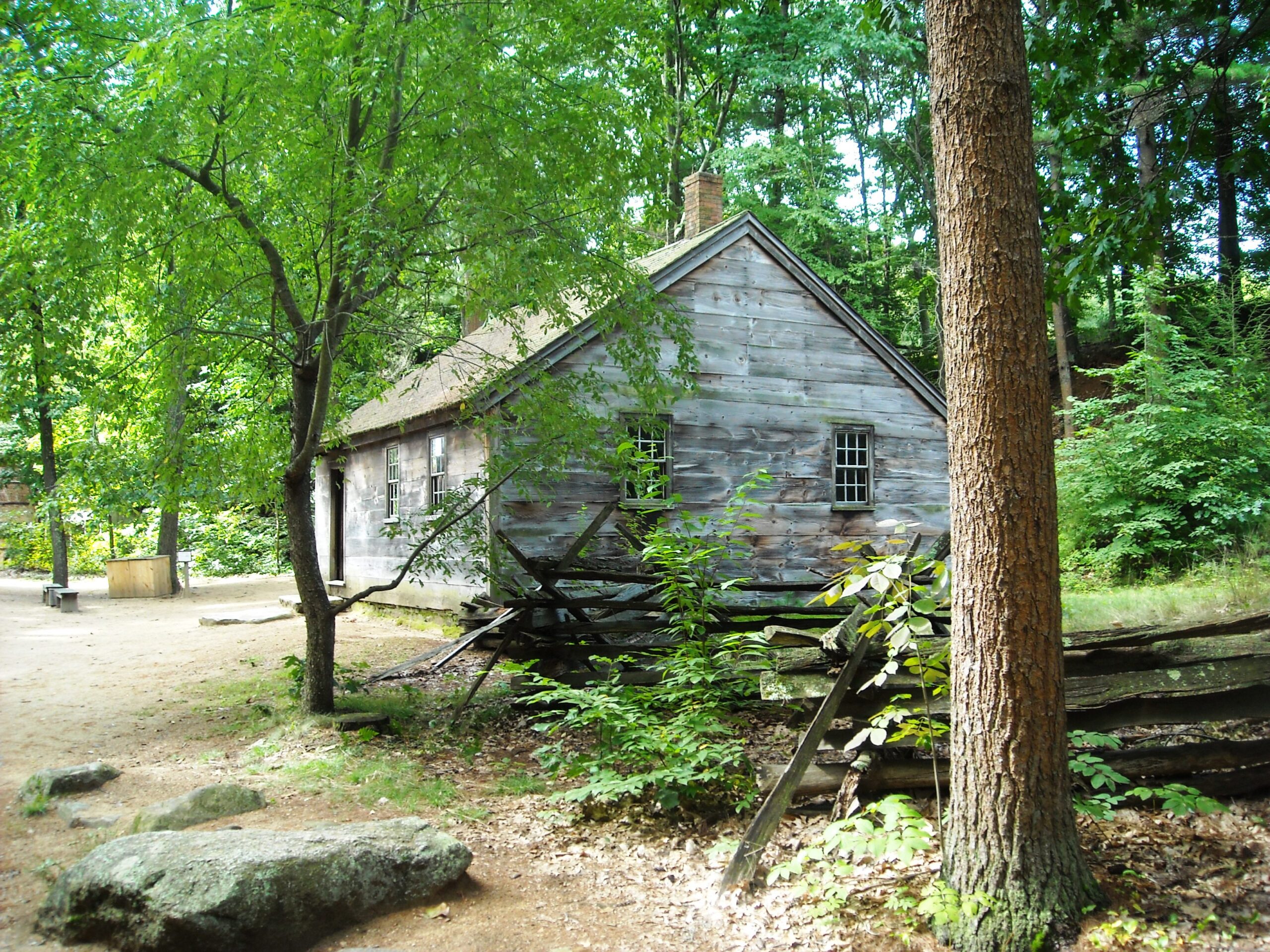
The Schoolhouse at Old Sturbridge Village is a reconstructed building representing early 19th-century New England schooling, built to authentically mirror an 1830s wooden schoolhouse. Part of the larger living history museum in Sturbridge, this schoolhouse provides a hands-on educational experience. The building includes traditional wooden desks, a teacher’s podium, and period materials that reflect classroom practices of the time. While not an original structure, it is designed with historical accuracy, making it a valuable educational tool. Visitors to the village can experience lessons, view demonstrations, and interact with historical interpreters, gaining insight into early American education in a uniquely immersive way.
Westford Academy Schoolhouse – Westford, Massachusetts, USA
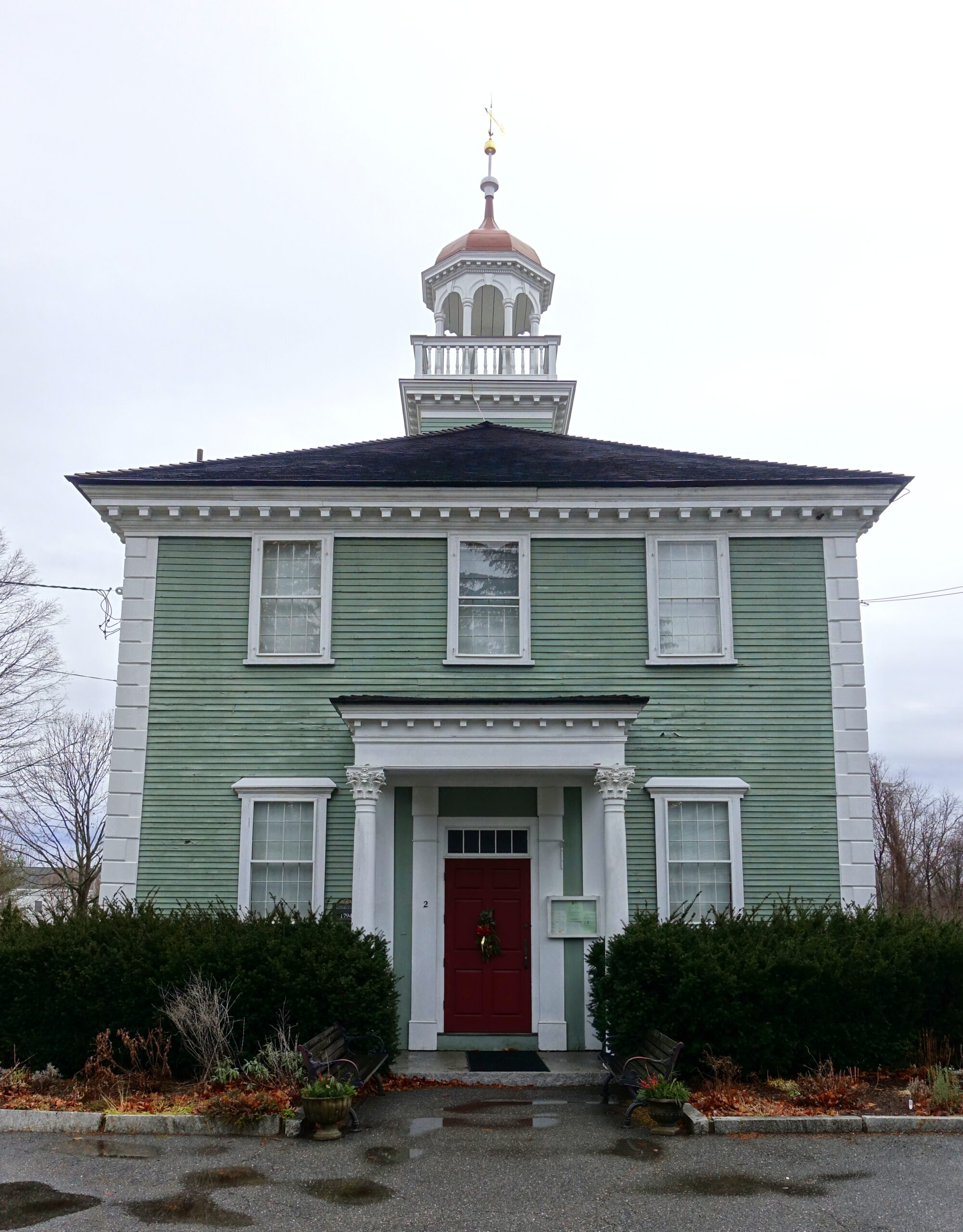
Westford Academy was established in 1792, making it one of the oldest secondary schools in the United States. Located in Westford, Massachusetts, this wooden structure has served as an educational institution for over two centuries. Although the school itself has grown and expanded, the original building still stands and is preserved as a historical landmark. Today, Westford Academy is open to the public as a museum, offering a glimpse into the early days of secondary education in New England. Visitors can explore artifacts and documents that highlight the school’s long-standing commitment to learning.
The Old Schoolhouse – Provincetown, Massachusetts, USA
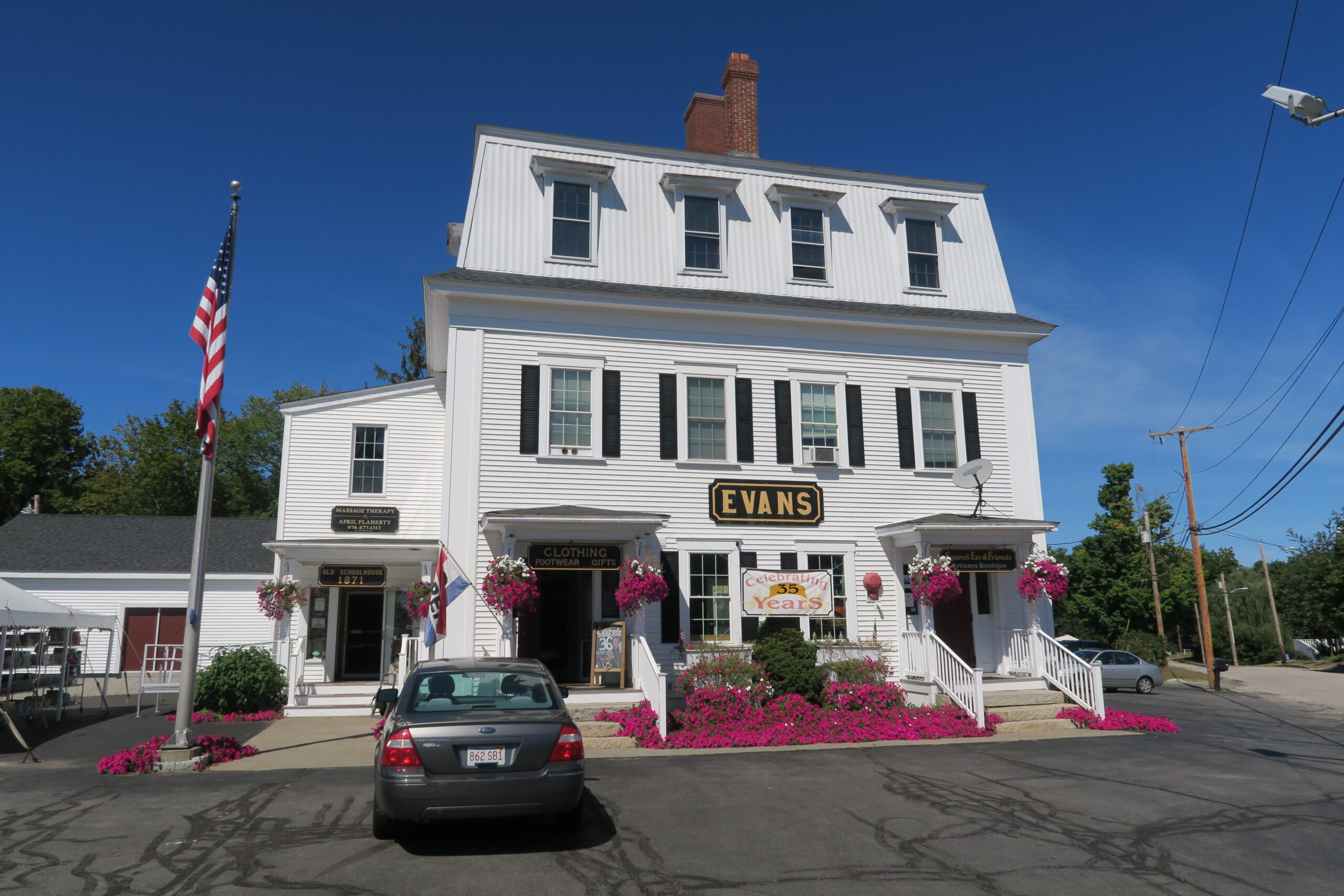
Built in 1844, The Old Schoolhouse in Provincetown, Massachusetts, is one of the region’s cherished historical landmarks. This simple, one-room wooden building reflects the early New England architectural style with its pitched roof and rustic design. Though no longer in use as a school, it is preserved and maintained by the local historical society. Open for public viewing, it provides an authentic look at how students learned in a modest, communal setting. The schoolhouse stands as a testament to Provincetown’s dedication to preserving its educational and cultural heritage.
Fisher School – Dedham, Massachusetts, USA
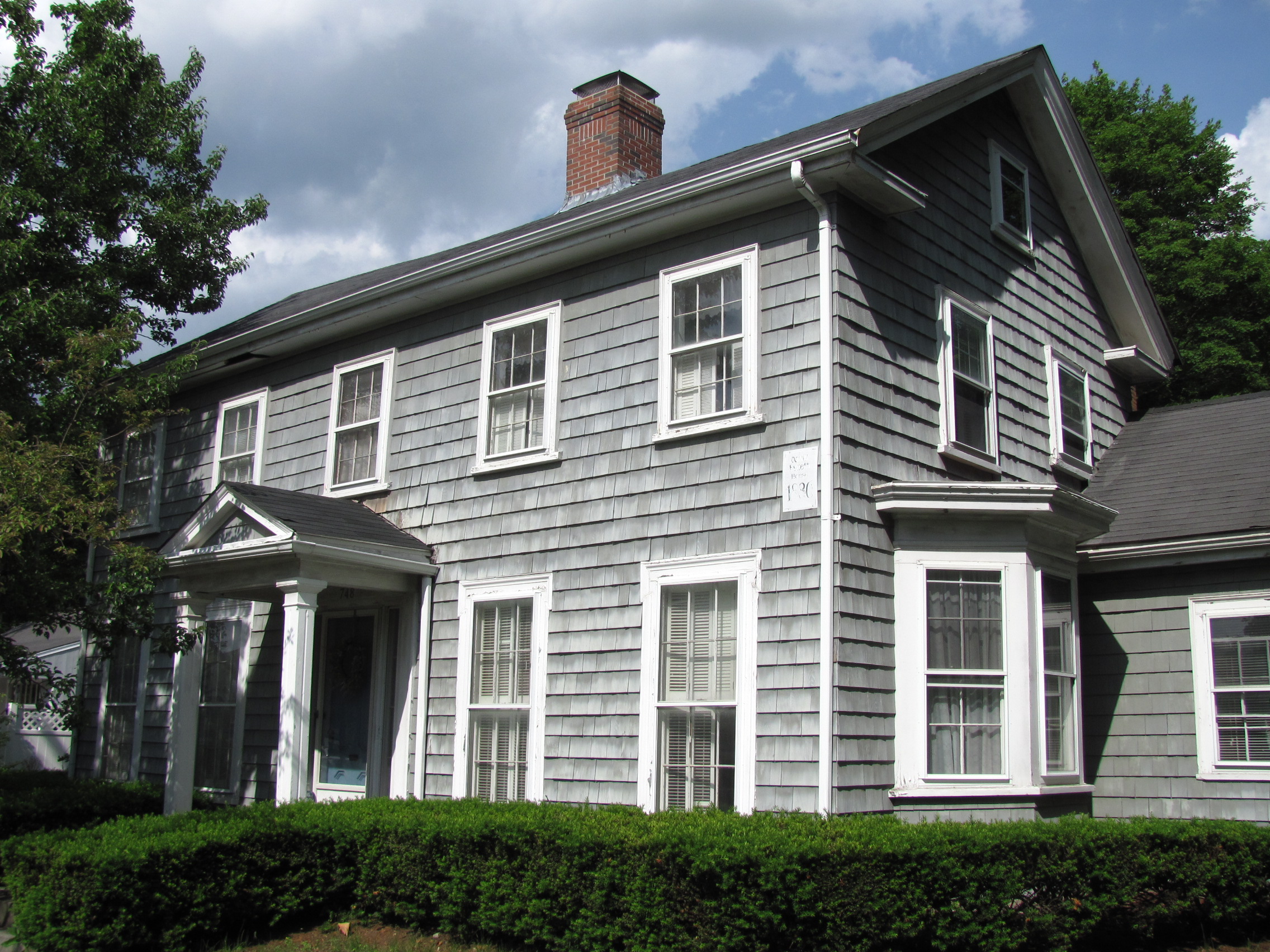
Constructed in 1798, Fisher School in Dedham, Massachusetts, is a charming wooden schoolhouse with a storied past. This one-room building served the children of Dedham well into the 19th century, with a focus on basic education in a rural setting. Today, it operates as a museum under the care of the Dedham Historical Society. The schoolhouse has been carefully restored to maintain its original character, allowing visitors to experience the desks, blackboards, and simple furnishings of its time. Fisher School remains open for tours and educational events, celebrating its place in Massachusetts’ history.
Little Red Schoolhouse, Farmington, Maine
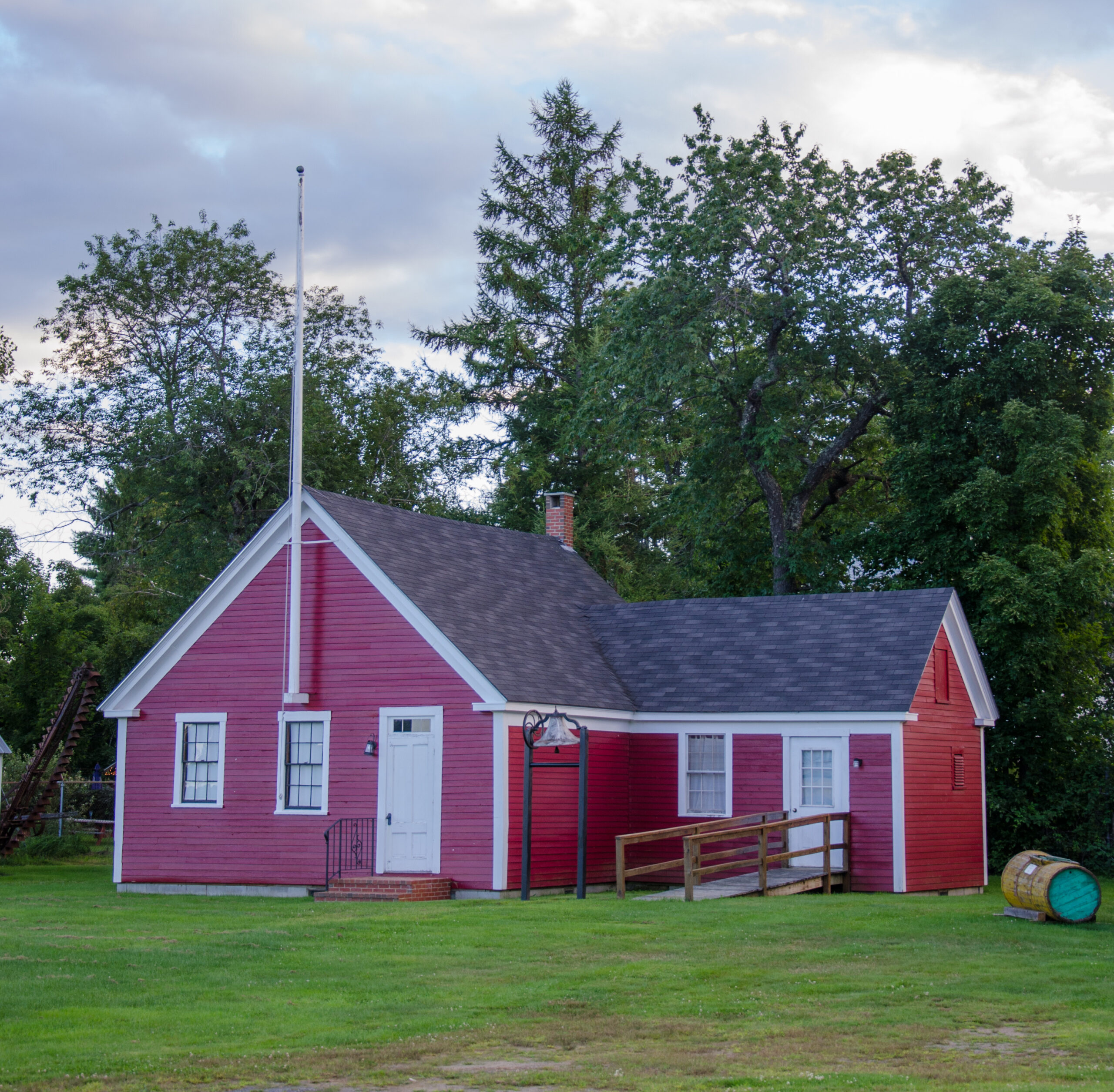
The Little Red Schoolhouse in Farmington, Maine, was established in 1852 and served as a one-room schoolhouse for local children. Located on the University of Maine at Farmington campus, this charming wooden structure features a traditional red-painted exterior with white trim, reflecting classic 19th-century schoolhouse design. It originally functioned as a classroom until the early 20th century and now stands as a preserved historical site. The building is no longer used for education but remains open to visitors for tours and educational programs. Maintained by the Farmington Historical Society, it serves as a symbol of early rural education and a cherished piece of the community’s heritage.
One-Room Schoolhouse – Mason Neck, Virginia, USA
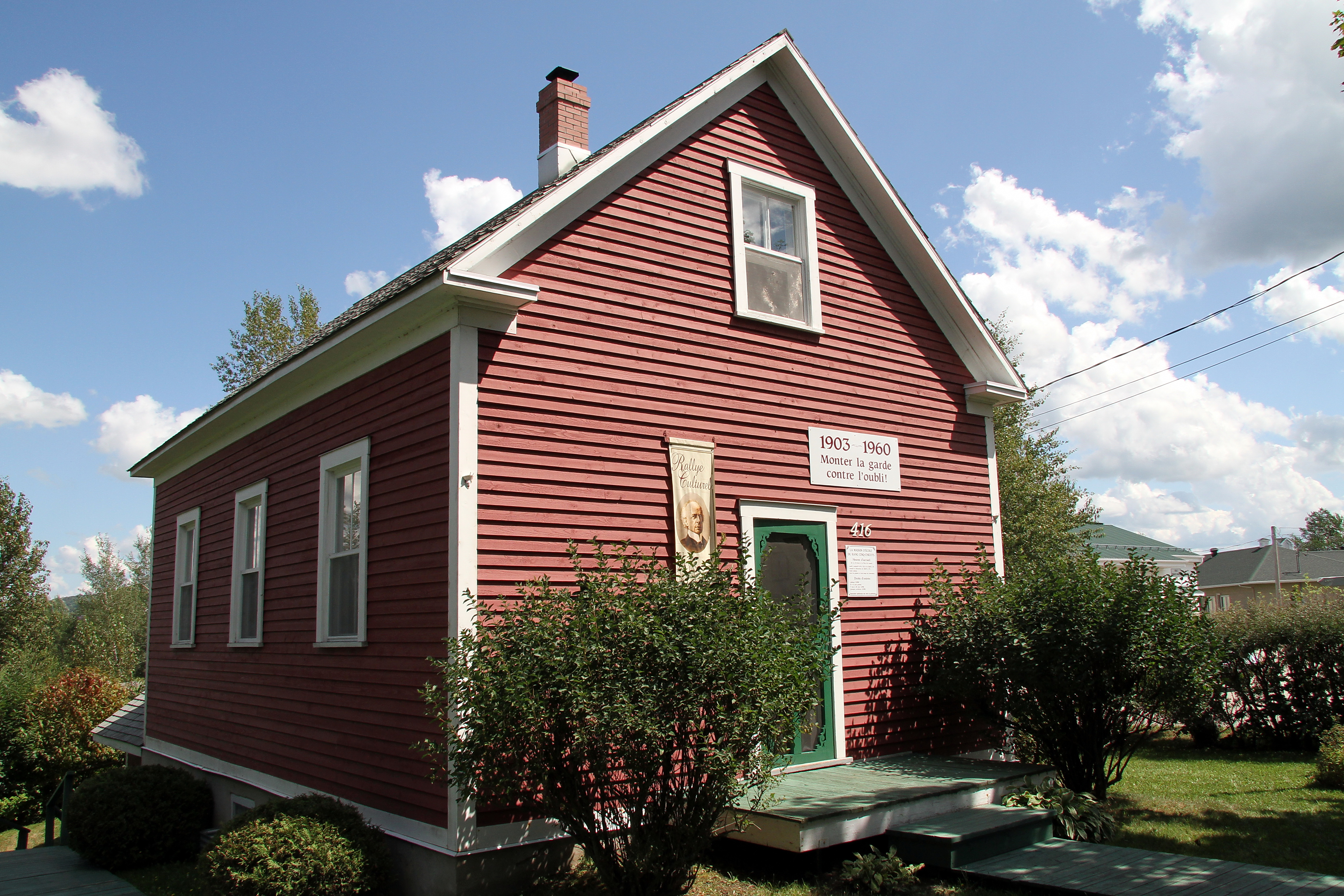
Located in Mason Neck, Virginia, this one-room wooden schoolhouse dates back to the early 1800s, serving as a vital educational center for the region’s children. The schoolhouse reflects traditional Virginian design with a wooden frame, simple interior, and functional layout. While no longer in operation, it remains a historic landmark in the community. Preservation efforts have kept the building intact, allowing visitors to explore the classroom setup, including original desks and a wood stove. The site occasionally opens for tours, sharing insights into the challenges and simplicity of 19th-century education.
Almy Street School, Providence, Rhode Island
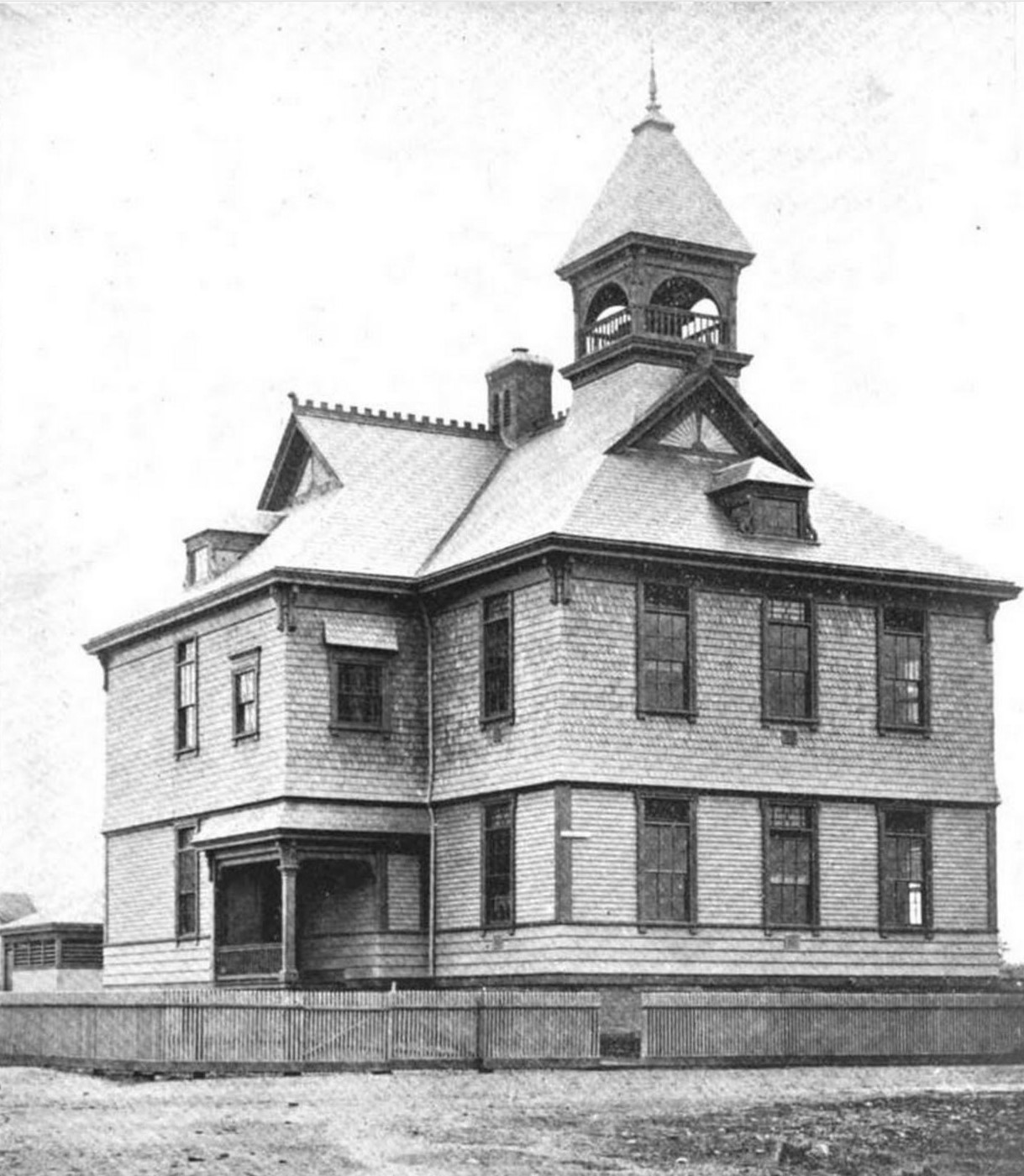
The Almy Street School, located at 20 Almy Street in Providence, Rhode Island, was originally built in the late 19th century as a four-room wooden schoolhouse. Serving the local community for decades, it was one of the many small schools established during the era to support growing urban populations. Though it is no longer operational as a school, the building has been repurposed into residential loft apartments. Its high ceilings, large windows, and historic wooden framework have been preserved, blending its rich educational history with modern living spaces. This transformation highlights Providence’s dedication to adaptive reuse and historical preservation, ensuring the schoolhouse remains a vital part of the city’s architectural heritage.
Mount Hanley Schoolhouse Museum, Annapolis County, Nova Scotia
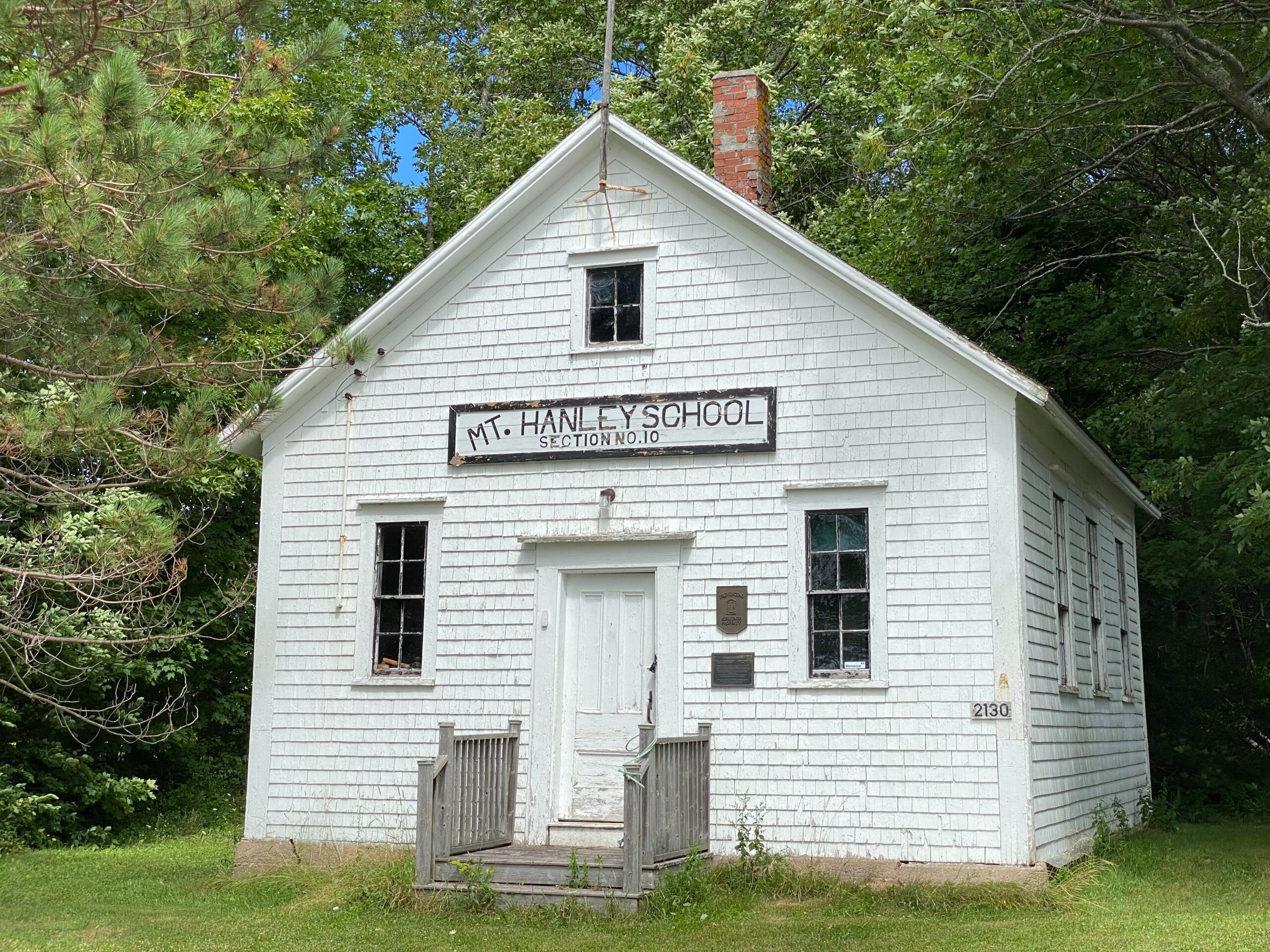
The Mount Hanley Schoolhouse Museum, established in 1850, is located in Mount Hanley, Annapolis County, Nova Scotia, approximately nine kilometers northwest of Middleton. This historic one-room schoolhouse, constructed to replace an earlier log structure, served the community’s educational needs until its closure in 1963. Notably, it was attended by Joshua Slocum, the first person to sail solo around the world, during his early years. Today, the building operates as a museum, preserving its original furnishings, including desks, books, and maps, offering visitors a glimpse into 19th-century rural education. The museum is open to the public during the summer months and by appointment at other times, staffed by dedicated volunteers.
This article originally appeared on Rarest.org.
More from Rarest.org
10 Oldest Candy Bars in the World

Classic candies have a way of connecting generations, each with a unique story and a taste that stands the test of time. Read More.
10 Largest Swimming Pools in the World

For anyone who loves impressive feats of design, the largest swimming pools in the world offer incredible sights and experiences. Read More.
10 Oldest Living Animals in the World

Throughout the world, certain animals have amazed scientists and nature lovers alike with their incredible lifespans, stretching hundreds or even thousands of years. Read More.
